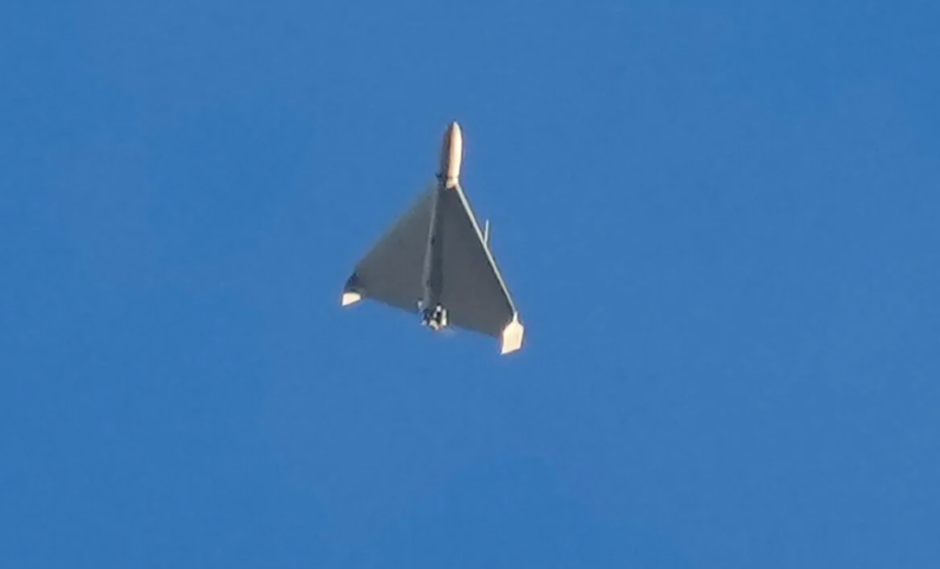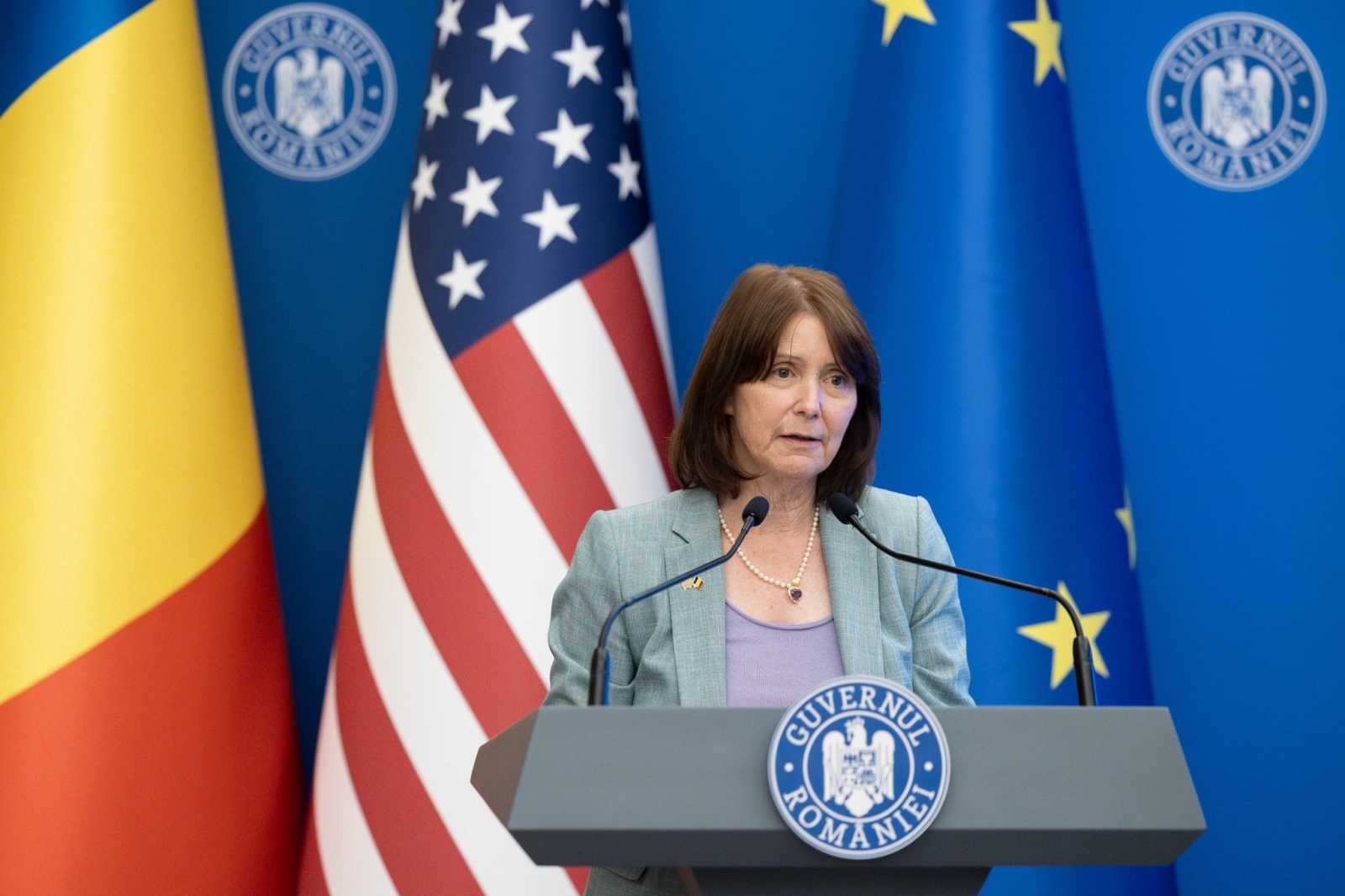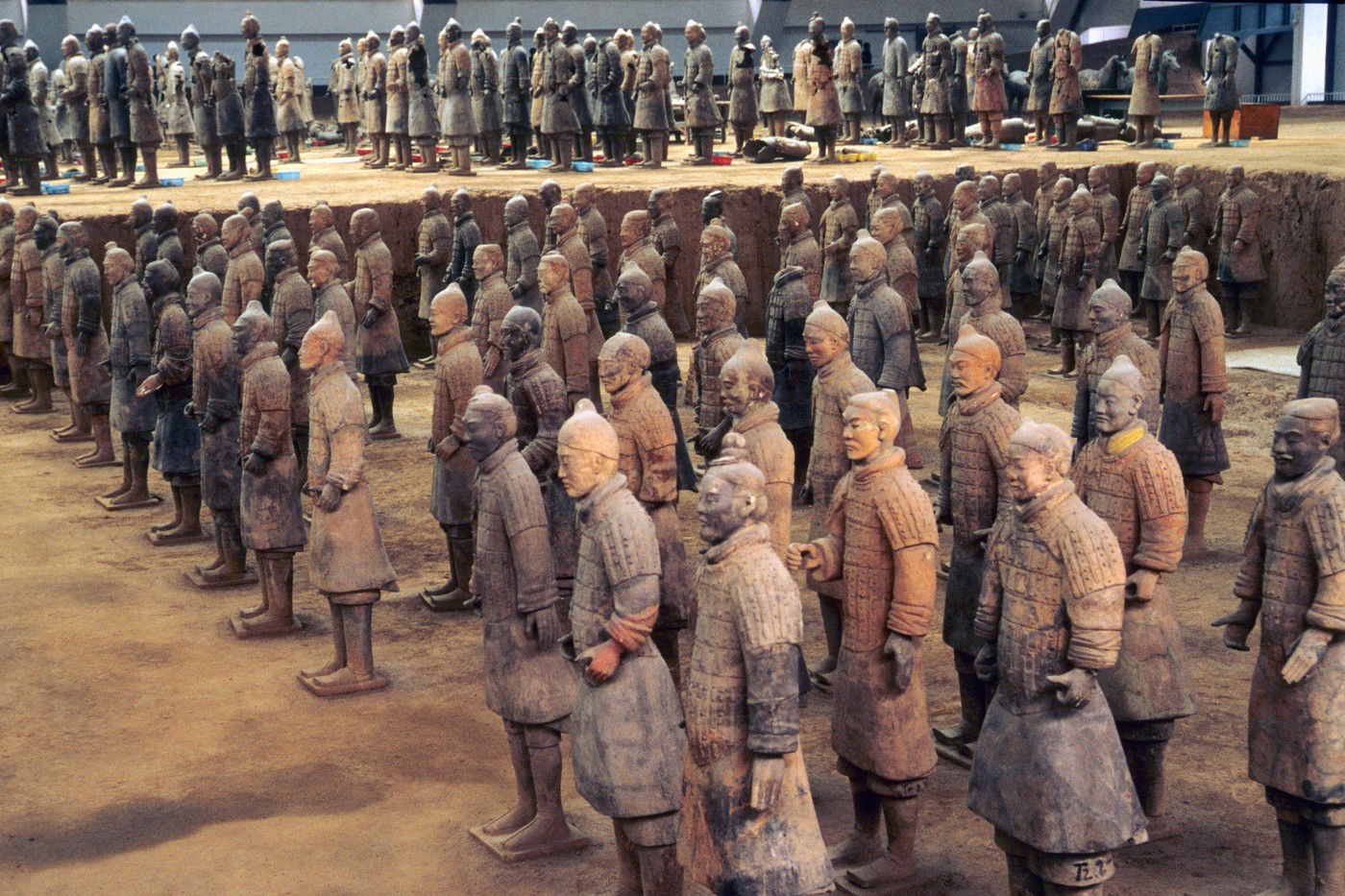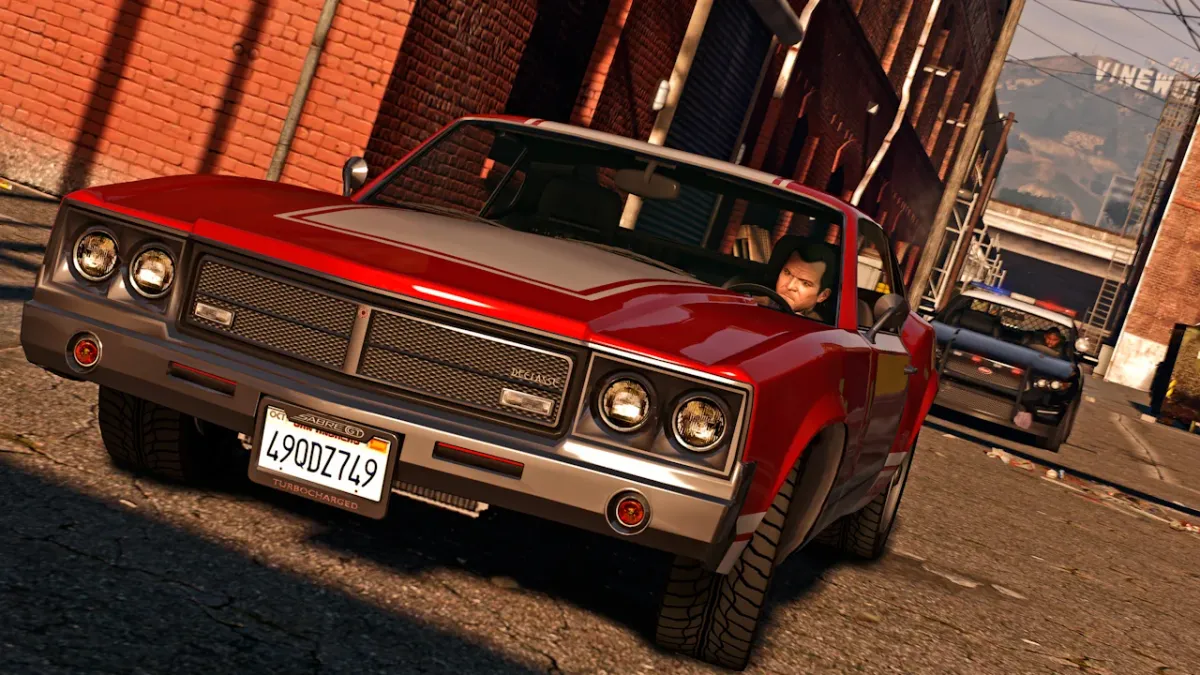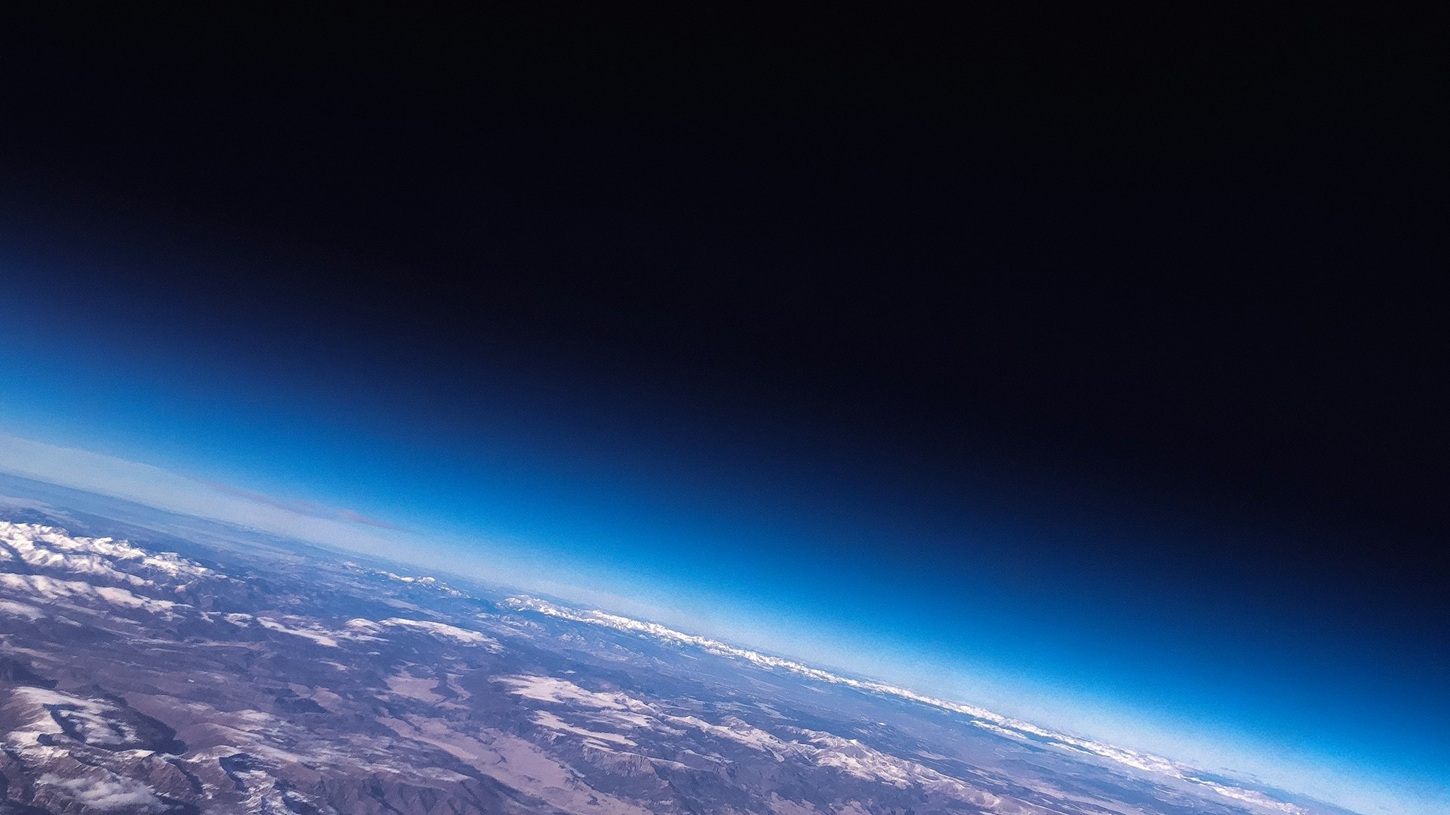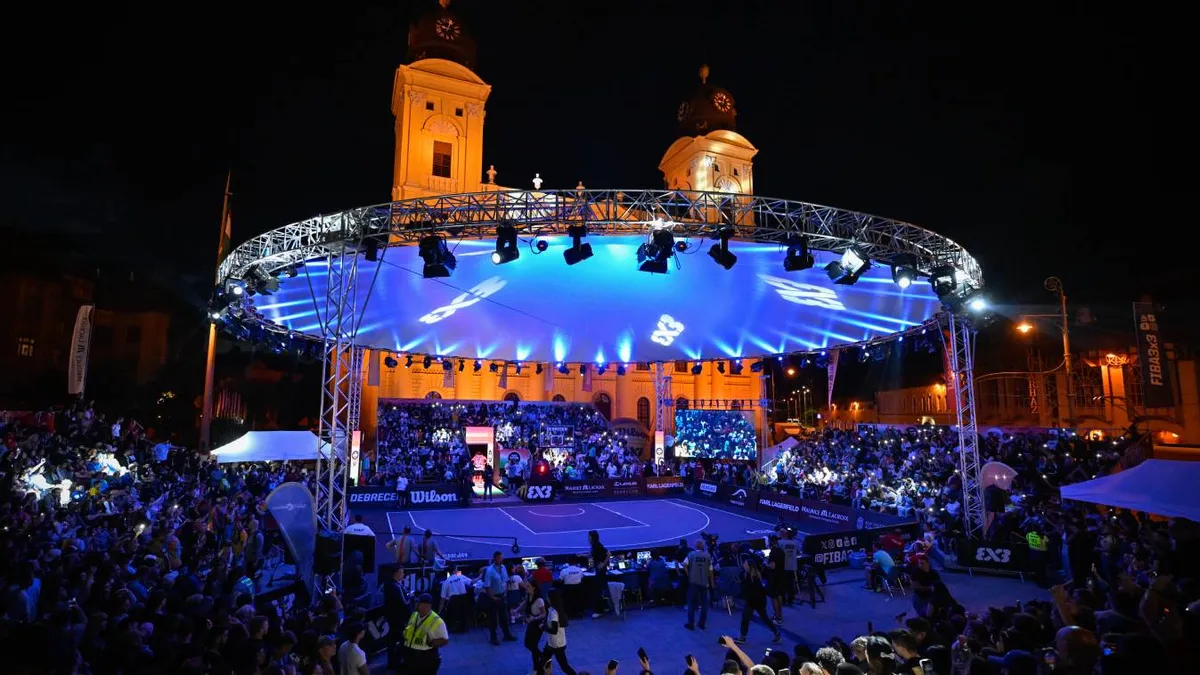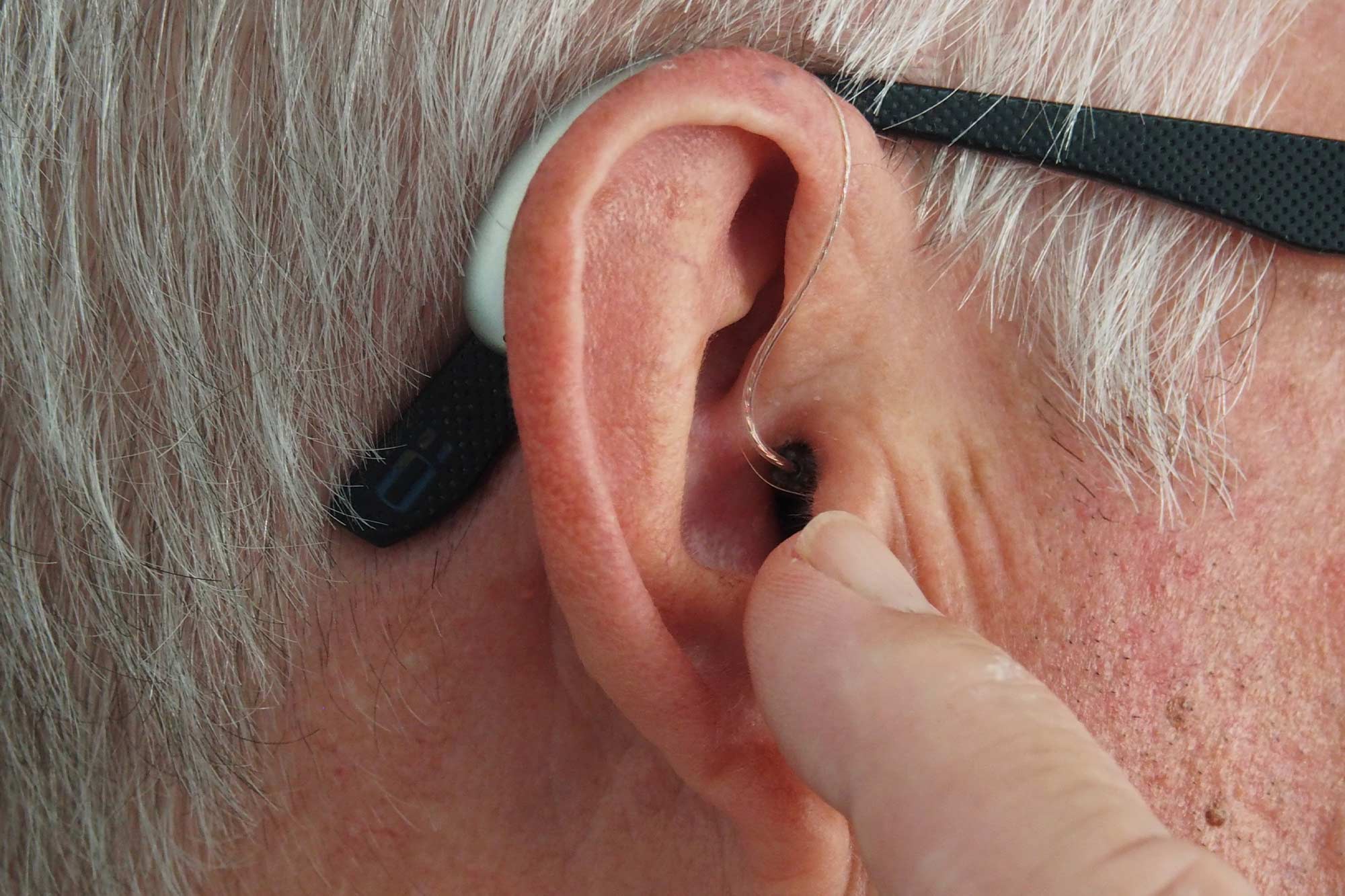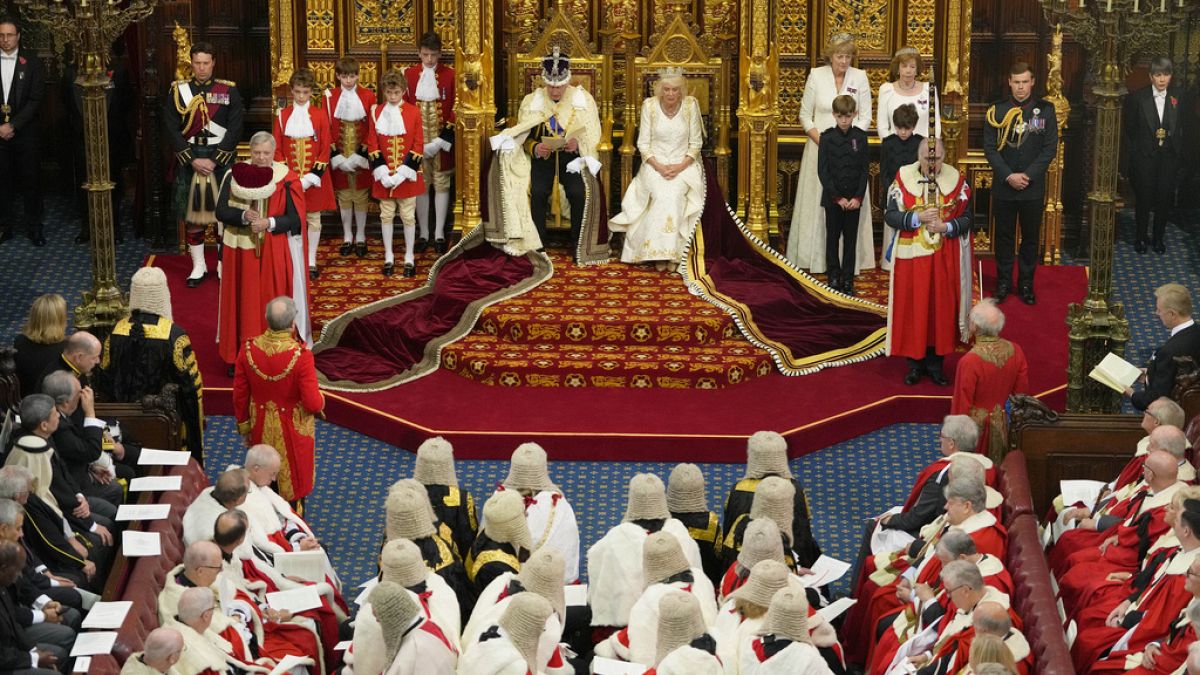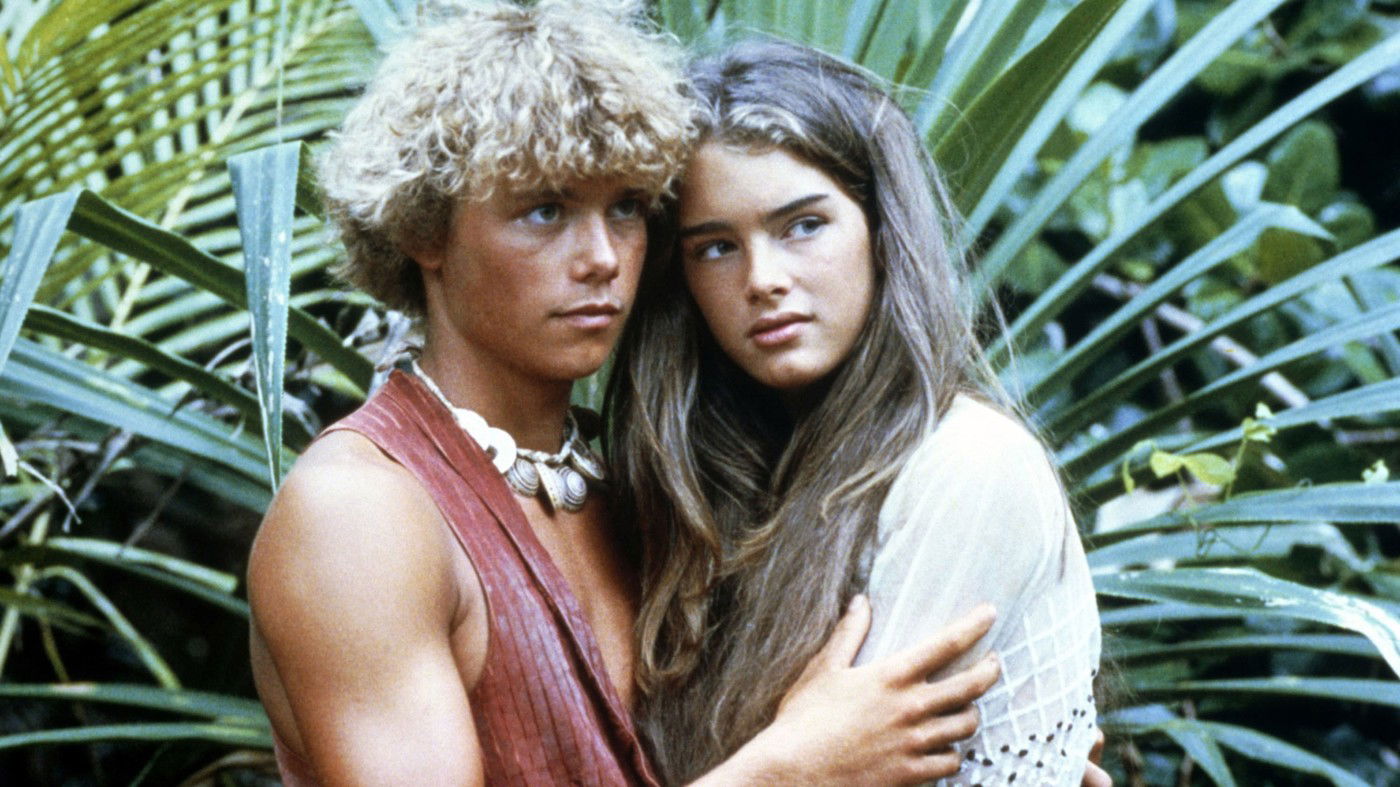“During the planning phase, it was necessary to maintain the foundations and base level of the investment we had planned, while respecting the structure of the organic gate at the entrance.” This complex sentence defined the situation in Miskolc, at the foot of the Csanyik Valley. A concrete building is being constructed in the immediate vicinity of the former bus stop in the now neglected area also known as Herman Ottó Emkékpark. You can say goodbye to the wooden building in front of it known as Bock Gate. This happens despite the fact that the local patriots of Miskolc have drawn up plans to rebuild the organic complex, which, in their opinion, would complement the visitor center behind it. However, there is no real intent and money attached to the plans.
The Bükk Gate is now in such a state that only the soul connects it. Here and there they have already begun to demolish it because it is afraid that it will collapse on its own. In the current situation, the only possibility is what was promised by the administration of Bükki National Park, which built the Szeleta Park Visitor Center: it will leave the concrete base and natural stone of the wooden structure as a reminder. Many people say this can provide an opportunity for reconstruction at a later time.
More than two billion
Last fall, the foundation stone for the aforementioned investment, the Szeleta Park Visitor Center in Bükki National Park, was laid. The visitor center, which is being built as part of the Széchenyi 2020 program with an investment of 2.2 billion HUF from the European Union and the Hungarian state, occupies a total of 2,070 square meters – 1,837 square meters is the so-called indoor area and 233 square meters is an outdoor storage area. According to the plans, the center, which will be completed at the end of this year and the beginning of next year, wants to present the diversity of Bükk in an experimental way. The visitor center simultaneously serves to disseminate knowledge related to nature protection, “learning through play and enjoyment” and high-quality presentation of prehistoric culture, which is unique in Europe.
In the architectural, mechanical and technical solutions used in the visitor center, they strive to reduce the environmental footprint and be carbon neutral. The use of new heating and lighting technologies and renewable energy ensures long-term environmental and economic sustainability.
Five main elements
The visitor center is organized around five main elements: karst and karst waters, the cave world, the appearance of archaic humans in Boki, landscape history, and landscapes and wildlife.
This is complemented by the recruitment department and the screening room. One of the three main elements of the experience is the presentation of the geological specificity of Bükk with a projected relief round table, animation, rock specimens and a rock climbing tower.
Another notable feature is the introduction of the karst world and caves in Bock with 3D and projection elements.
Among the highlights of the visitor center, the exhibition Secrets of the Bock Caves – Nature of Ancient Man will be given a prominent place, and associated with this, the attraction group serving the nature and cultural group. The Bok Mountain Heritage and Demo of Ancient Human Caves. 3D projection also helps with its presentation, but a view of the nearby Szeleta Cave is presented as a field program. There are more than 1,300 caves in Böcke, 54 of which are highly protected, 46 of which have yielded dangerous archaeological materials, and one of the most important prehistoric caves is the internationally recognized Szeleta, which also gave its name to the visitor center.












